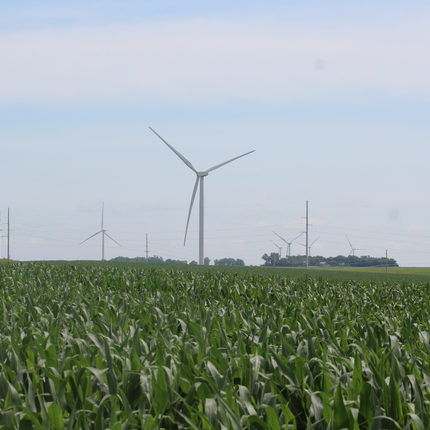The wind energy industry remains one of the fastest growing in the U.S. It has not only increased capacity, but provided consumers and utilities with clean energy while creating additional economic benefits, such as tax revenue, career opportunities and direct payments to landowners who host turbines.
However, with that growth has come questions and concerns, leaving local officials trying to decide the best approach to regulating development.
The most common solution is zoning, in particular setbacks, which plays an important role in setting clear standards for developers and protecting the interests of local residents. But, standards should meet a county’s needs, rather than a one size fits all approach.
The Center for Rural Affairs recently reviewed setbacks in Nebraska, Iowa, and South Dakota and found that while many counties employ some kind of standard, there was substantial variance, with some employing a set or fixed distance from the turbine to variable distances based on the height of a turbine.
Importantly, this review showed that zoning itself did not seem to correlate with lack of development, as many counties that had zoning in place for wind energy also hosted a project. This highlights the importance of tailoring standards to ensure they meet the goals of local officials and stakeholders, while also avoiding measures that are so restrictive that they will limit or stop potential development in a county.
Setting clear zoning that allows communities to capture the full benefits of wind energy development without burdening residents is key to bring clean energy and new economic opportunities to rural America.





